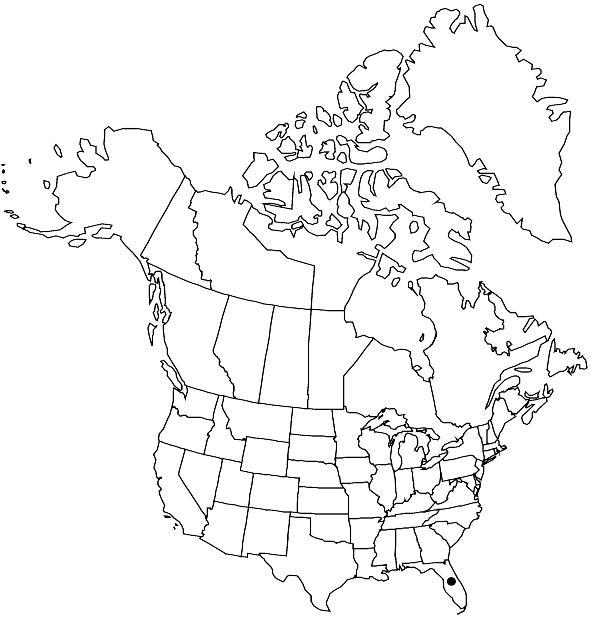Dicranella lindigiana
J. Linn. Soc., Bot. 12: 30. 1869,.
Plants yellowish to green, 2–6 mm. Leaves erect-appressed or loosely erect-flexuose when dry, erect-spreading when moist, 1–2 mm, lanceolate; margins entire or minutely serrulate at the apex, recurved proximally; costa ending at or near the apex; cells thin-walled, rectangular, 5–7: 1. Sexual condition dioicous. Seta yellow, 4–6 mm. Capsule 0.5–0.8 mm, erect, subglobose, smooth; annulus large, ± persistent; operculum curved, long-rostrate; peristome teeth 90–180 µm, papillose, entire or somewhat perforate along the middle. Spores 12–22 µm, finely papillose.
Phenology: Capsules mature spring.
Habitat: Clay soil of roadside ditches
Elevation: low elevations
Distribution

Fla., Mexico, West Indies (Puerto Rico), Central America (Costa Rica), Central America (Honduras), South America (Colombia)
Discussion
Dicranella lindigiana is a rare species only known in in the flora area from Leon. It has leaf margins that are narrowly recurved proximally and smooth, subglobose capsule with short, papillose peristome teeth that are entire or somewhat perforate along the middle.
Selected References
None.